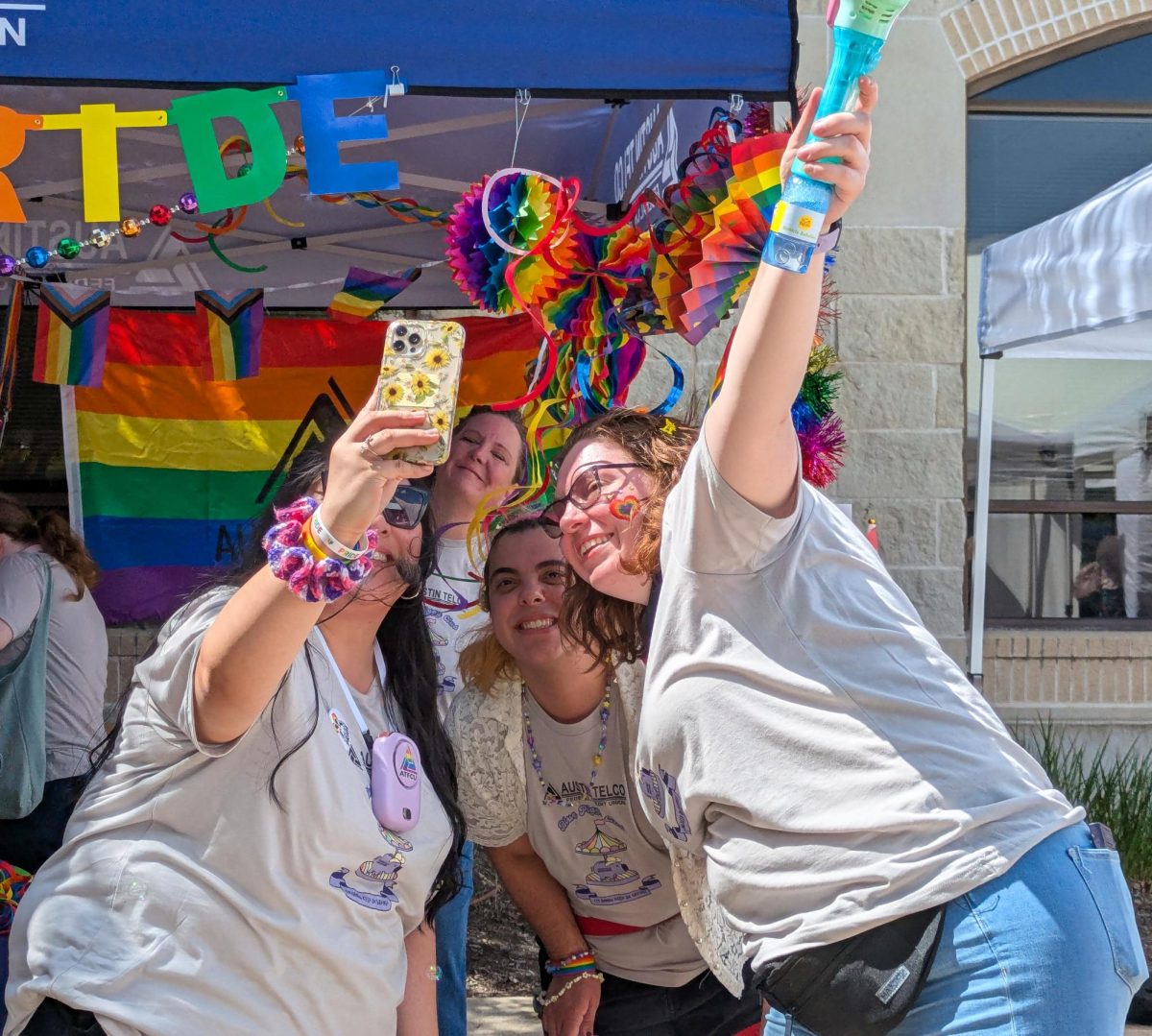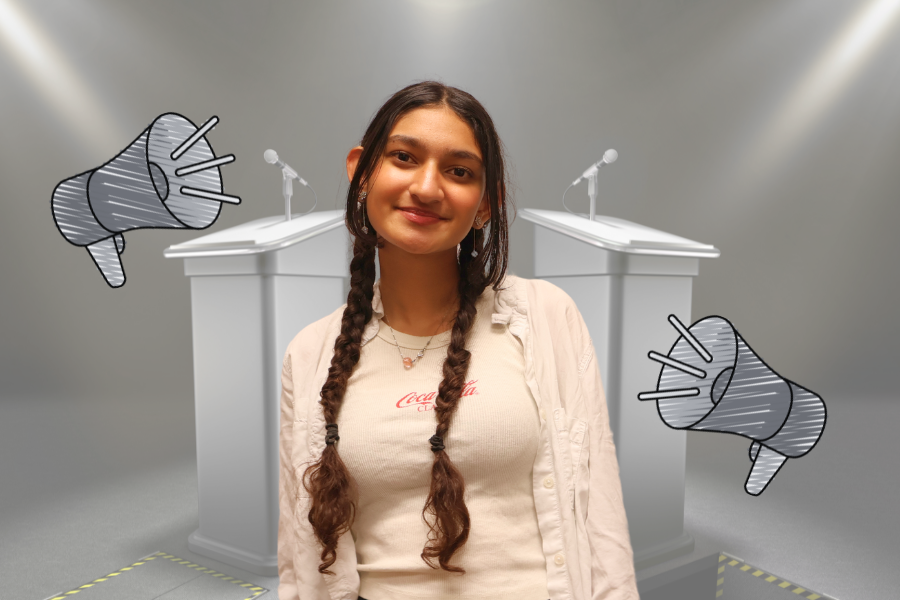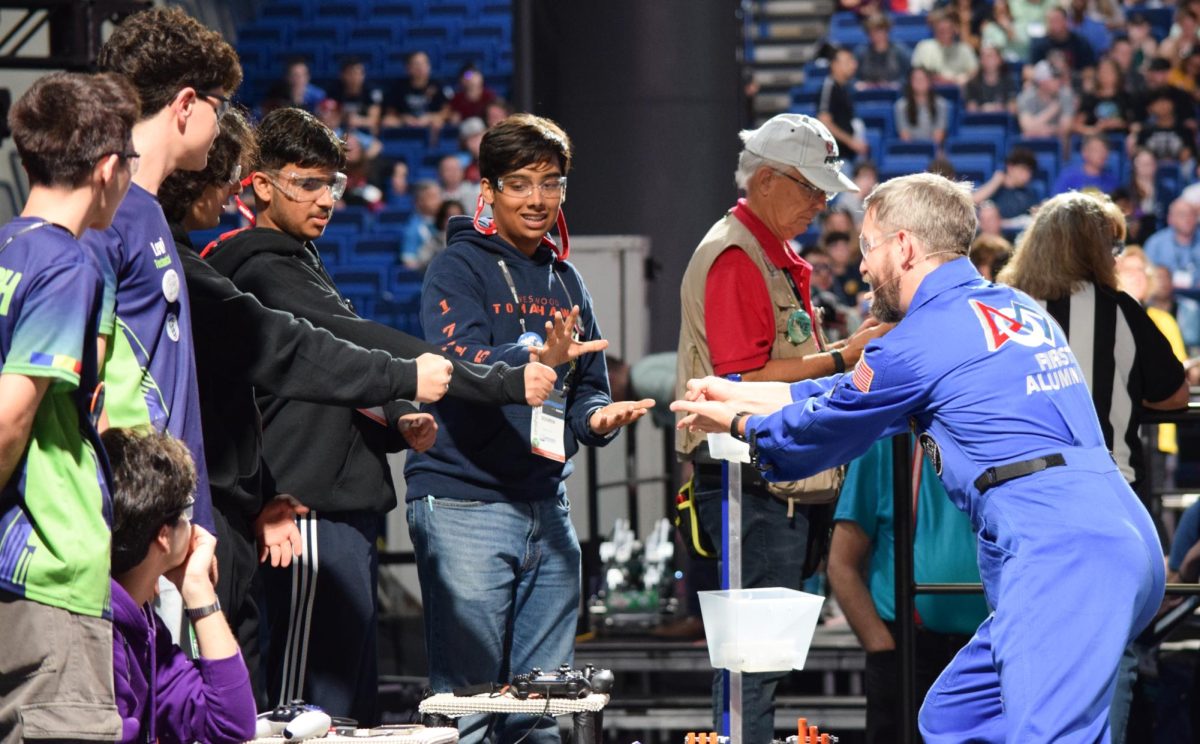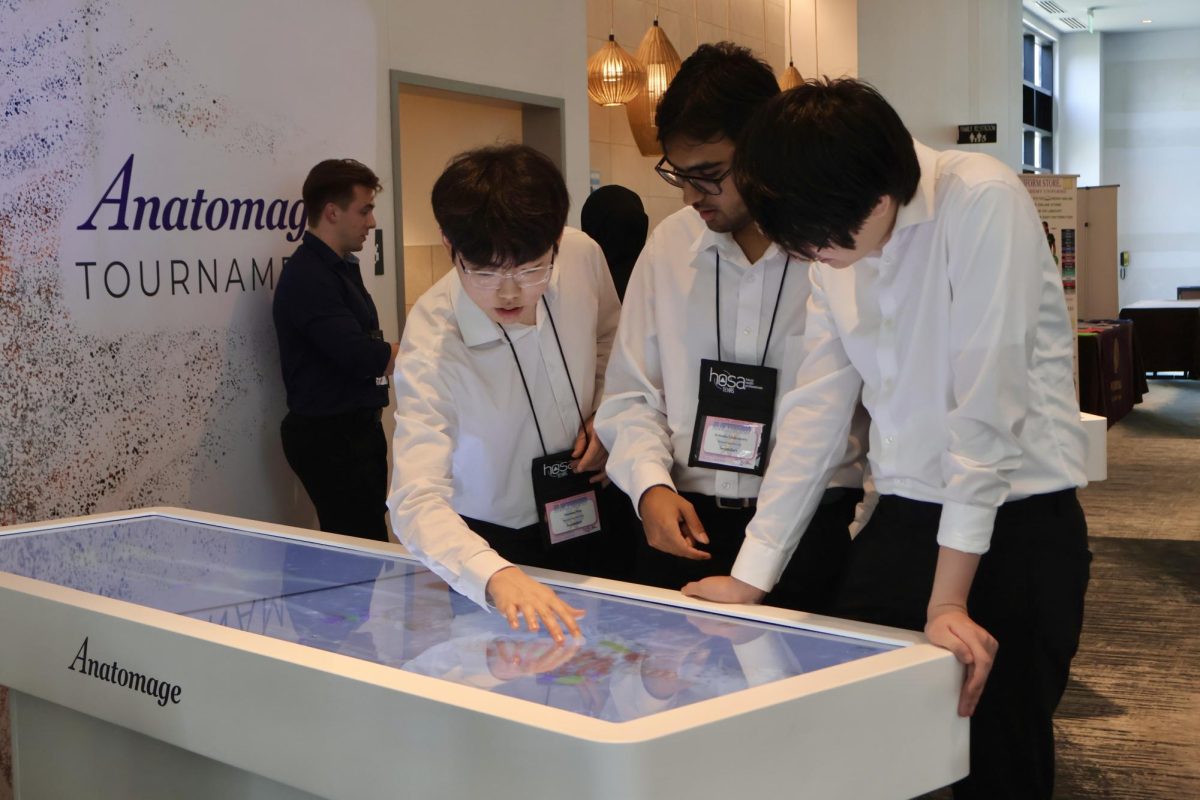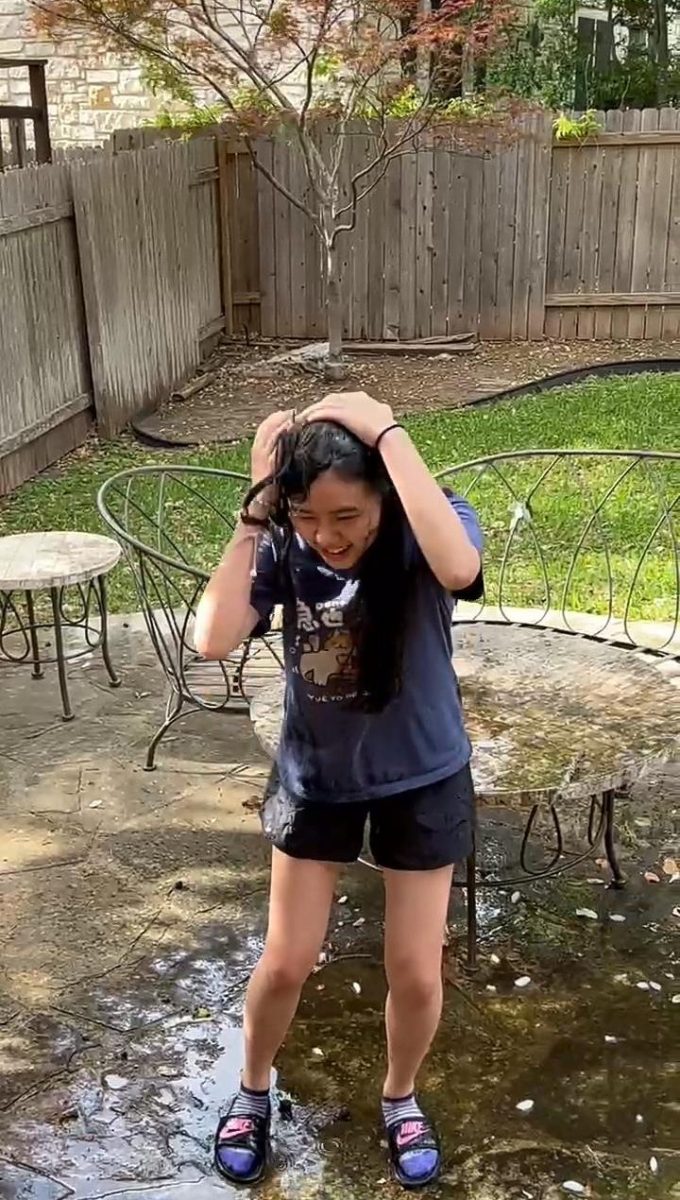In their second mixed dissection in club history, the Anatomy & Dissection Club gathered to dissect five dog sharks, three rattlesnakes, three squid, and one fish in sponsor Mr. Eric Scheiber’s room on Friday, April 25. The club rarely dissects the same specimen more than once in the same year, so the dissection involved leftover specimens from past years. The officers worked hard to prepare four different instructional slideshows for each of the specimen options.
“[The slides] did take more time, but I love this club, so I love doing it,” Anatomy & Dissection Club President Mishree Narasaiah ‘25 said. “We also already had these in stock, so we didn’t have to buy them, so we were saving money with this dissection but it was also exciting. If the people enjoy it, then it’s all worth it.”
As a result of the officers’ work, the selection of organisms was expansive and offered unique opportunities. Most members signed up to dissect the dog shark, a venomous undersea shark that hunts in packs.
“I haven’t done a shark dissection in five or six years, so it was a nice refresh on that type of organism,” Mr. Scheiber said. “It’s by far the largest thing we’ve dissected, [so] I didn’t know how our tools would do. The trash can is very heavy.”
The students who signed up for the shark dissection began by using scalpels to make incisions upon its ventral surface, allowing them to lift back the skin in a large flap, revealing the complex organ systems underneath. The next steps included cutting through muscle to reveal the heart, observing the multiple layers of the teeth, and identifying parts of the digestive system.
“I chose to do a shark because I’ve never done it before, and it’s always the larger organs that are more exciting,” Hasya Pamu ‘26 said. “The livers took up a large part of the cavity and it was hard to identify and distinguish what was there. The heart was really small, and the lungs as well. I went after the eye because it was something similar to what we did in the cow eye dissection, and when I opened it up, it was this hard, pearl-like structure.”
To the students’ surprise, they cut open a large organ within the shark’s body cavity to discover small unborn sharks. The club members stopped their dissections and gathered around as the fetal sharks were extracted. Eventually, all the groups that were dissecting sharks discovered that their specimens were pregnant, finding 3-5 fetuses within.
“We were trying to see what was inside some of those sacs because the proportions of all the organs were very different from what we were expecting,” Pamu said. “We were totally taken unaware. I think the surprise was that we thought it was initially a digestive organ. Anyone from this dissection could tell you that the highlight was those baby sharks coming out.”
Similarly, the snake dissection began with a long incision from the organism’s cloacal opening to the skin of its throat and removing the thin membrane keeping the organs in place. Then, students observed its external anatomy, pulling out the tongue and cutting off the head before removing the large intestine and the rest of its organs.
“We totally hollowed out the snake,” Sharadhi Kaveri ‘26 said. “There were a lot of fat deposits in it — they were oiling out of it, and we could see the large intestine [and] the stomach. I love seeing the heart of specimens. The heart was pretty cool because it was just three chambers, and it was tiny. The eyes were pretty scary and soft.”
Snakes were the third-most anticipated specimen, with four members signing up to dissect them, as well as the officer team. Each of the students came in with a different level of knowledge of snake anatomy. Due to their relatively unusual structures, they were an educational option for students to select.
“Snakes are my favorite animal,” Evan Wu ‘26 said. “I love reptiles, and because later on, I plan to be an exotic vet surgeon, [this was a] good experience. Also, overall, I have never seen the internal anatomy of a snake, or at least not in person, and that seemed like an interesting thing because reptile anatomy is so different from mammal anatomy.”
Some of this unique anatomy included the clear, brittle outer coating enclosing the snake, which the students peeled off. The officer team found eggs stuffed near the tail end of the specimen, while other groups observed the bright color of the snake’s fat.
“The most difficult [part] I would say was the digestive system as a whole, just because it’s so long that it feels more like I’m peeling the snake rather than extracting small, delicate organs,” Wu said. “Their fat is orange, so instead of regular fat like you would see in a lot of preserved mammal specimens — a pale beige-ish color — it’s just bright orange, and they have fat bodies, so it’s also a different texture.”
Anatomy & Dissection Club has changed and grown throughout its existence, doubling its membership this year. When Narasaiah joined three years ago, the club officers hosted guided dissections for everyone to follow along with. Later on, the new set of officers replaced the system with instructional slideshows to allow club members to work at their own pace. This change was only one among many — and as a senior, Narasaiah hopes for more positive change in future years.
“It’s actually really bittersweet, because [this] was such a cool dissection,” Narasaiah said. “We had a huge variety of specimens out, but it’s also the last dissection for me because I’m graduating and I won’t be here next year. It’s really sad because I’ve done this club for all four years of high school, and it feels like a huge part of me is ending, but it’s really exciting because I know that next year’s officer team is in really good hands, and it will only get better.”
Although this year’s dissections have come to an end, the club will return next year to continue providing hands-on dissection experience to students.
“I’m going to miss the officers,” Mr. Scheiber said. “They worked very hard this year. It’s just a very well-organized club and students love it. It keeps getting bigger every year, so I just hope it keeps getting better.”

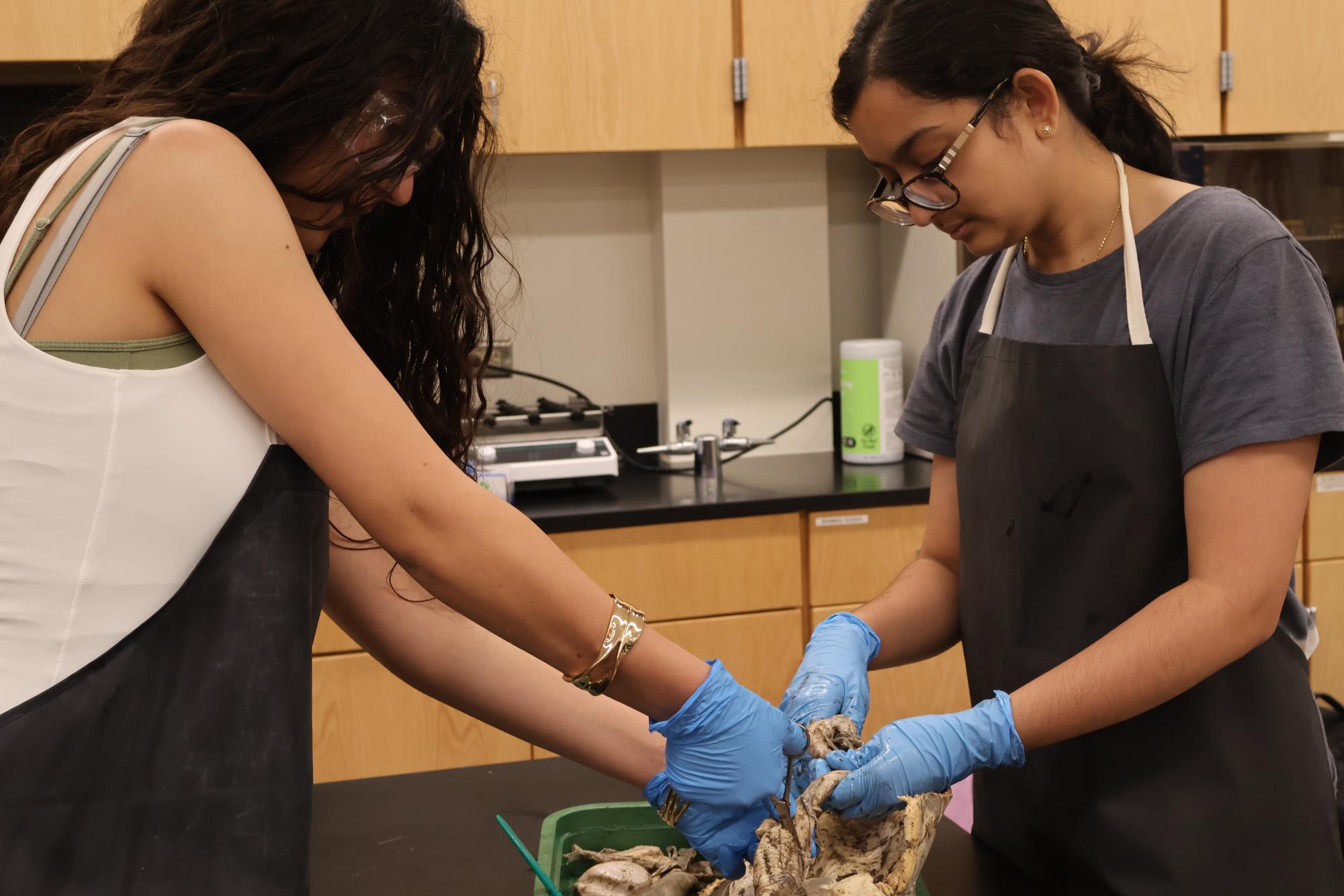
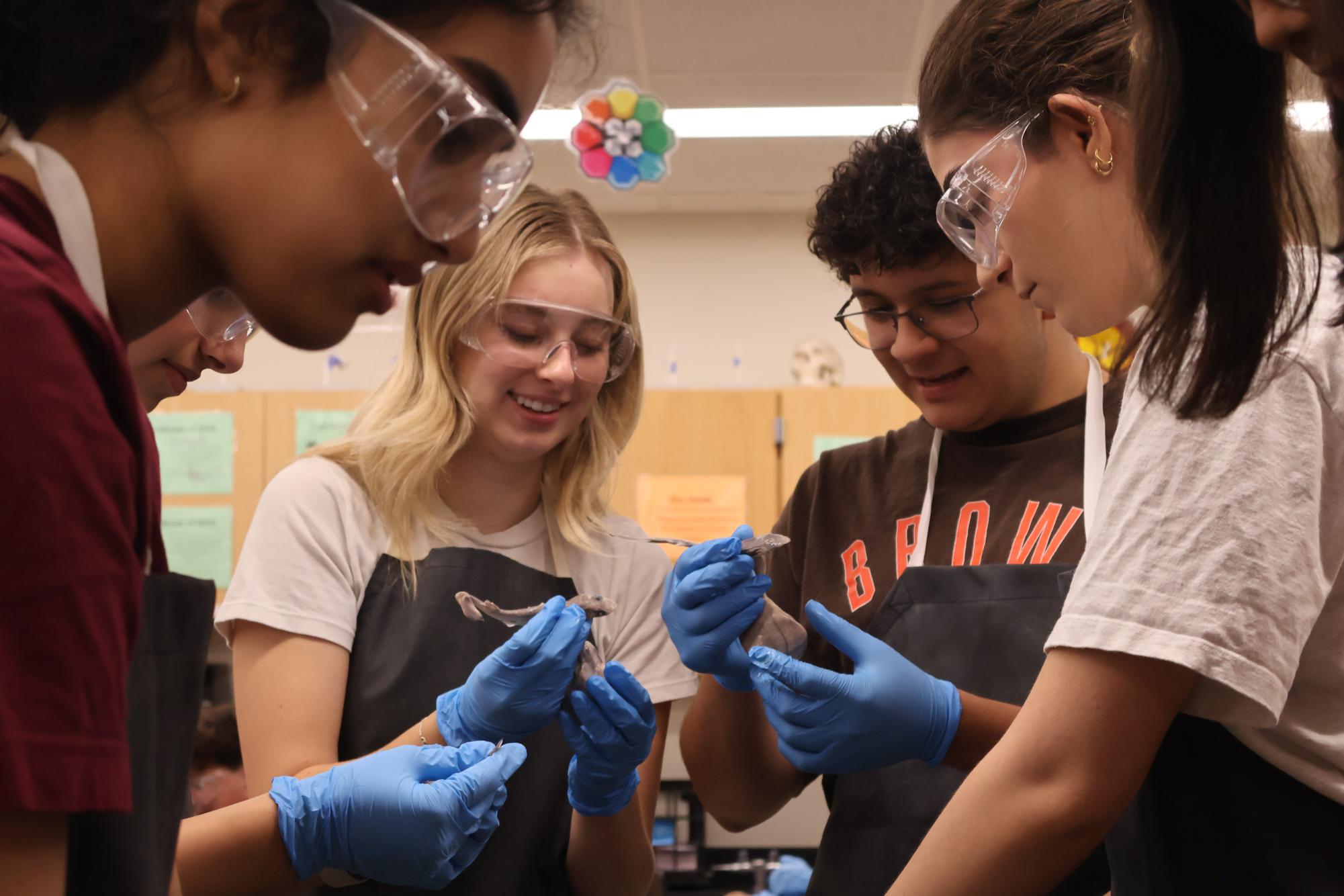
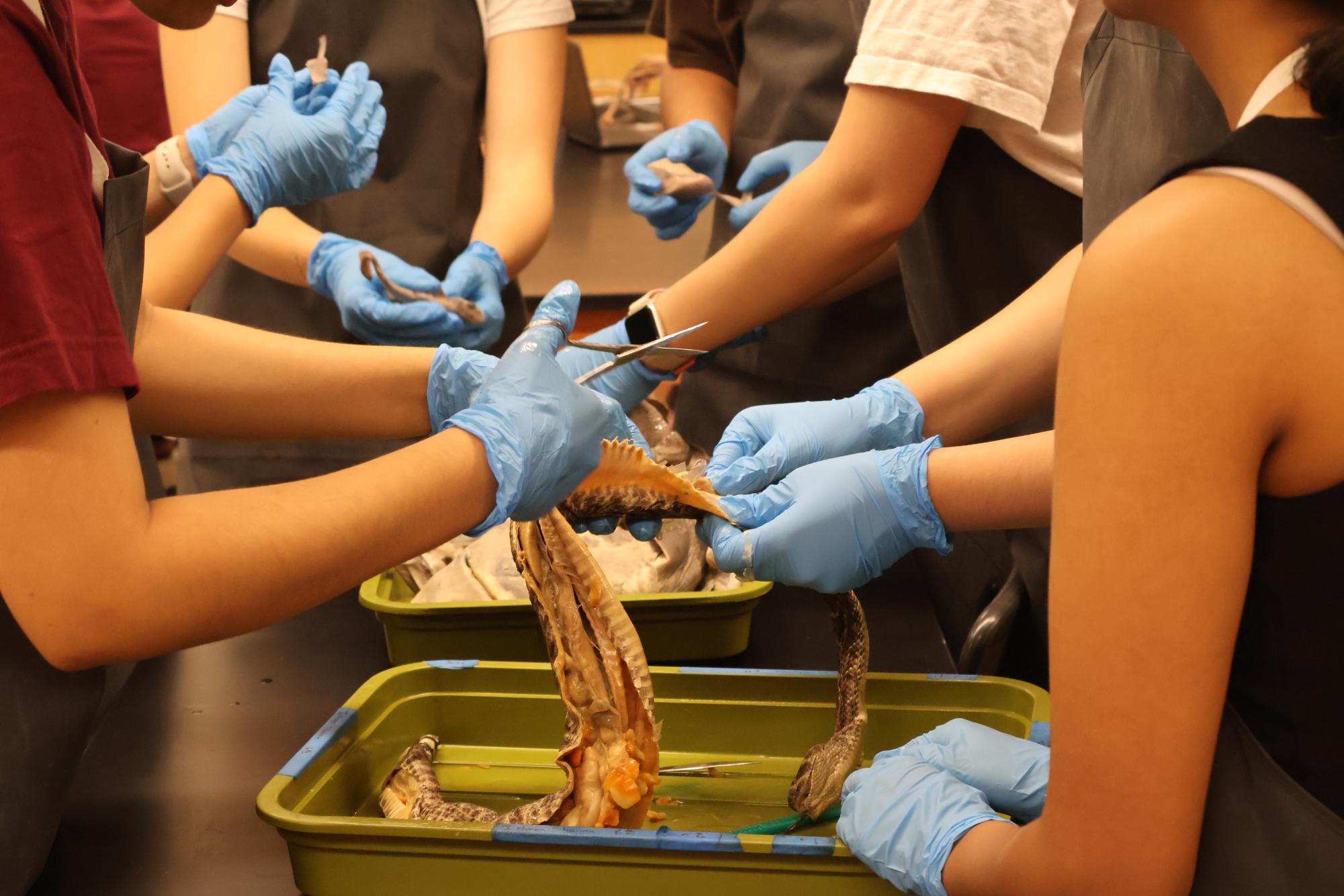
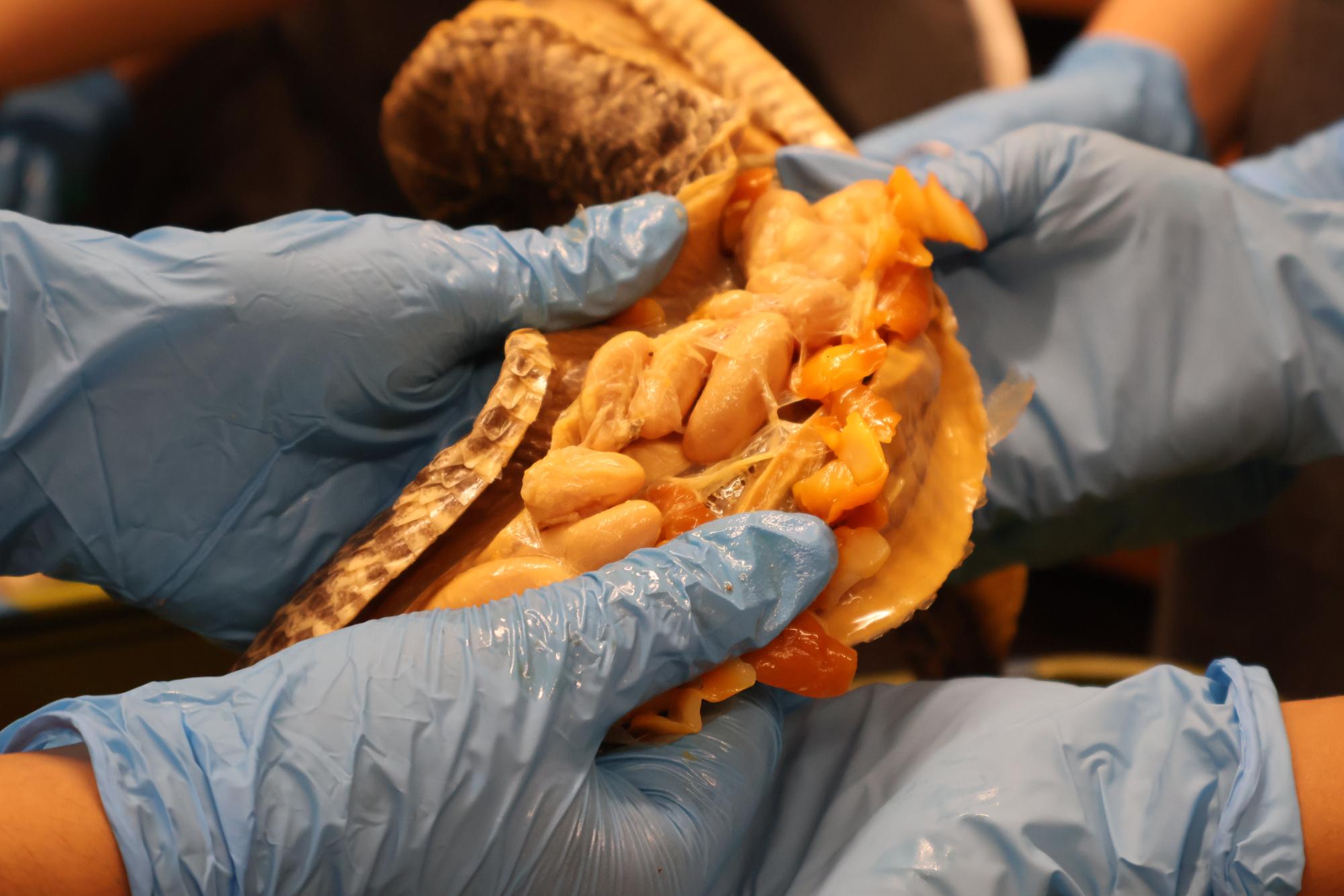
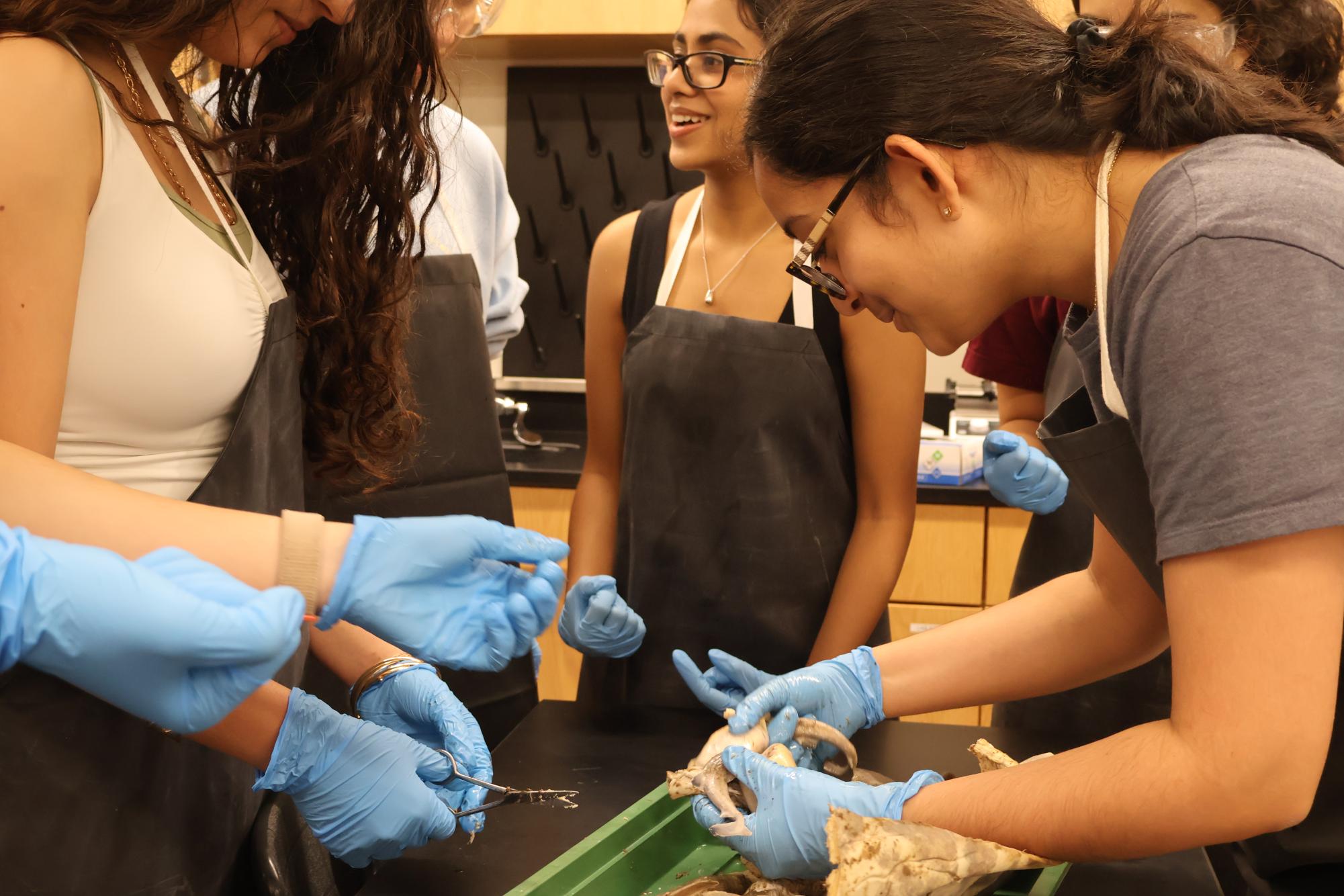
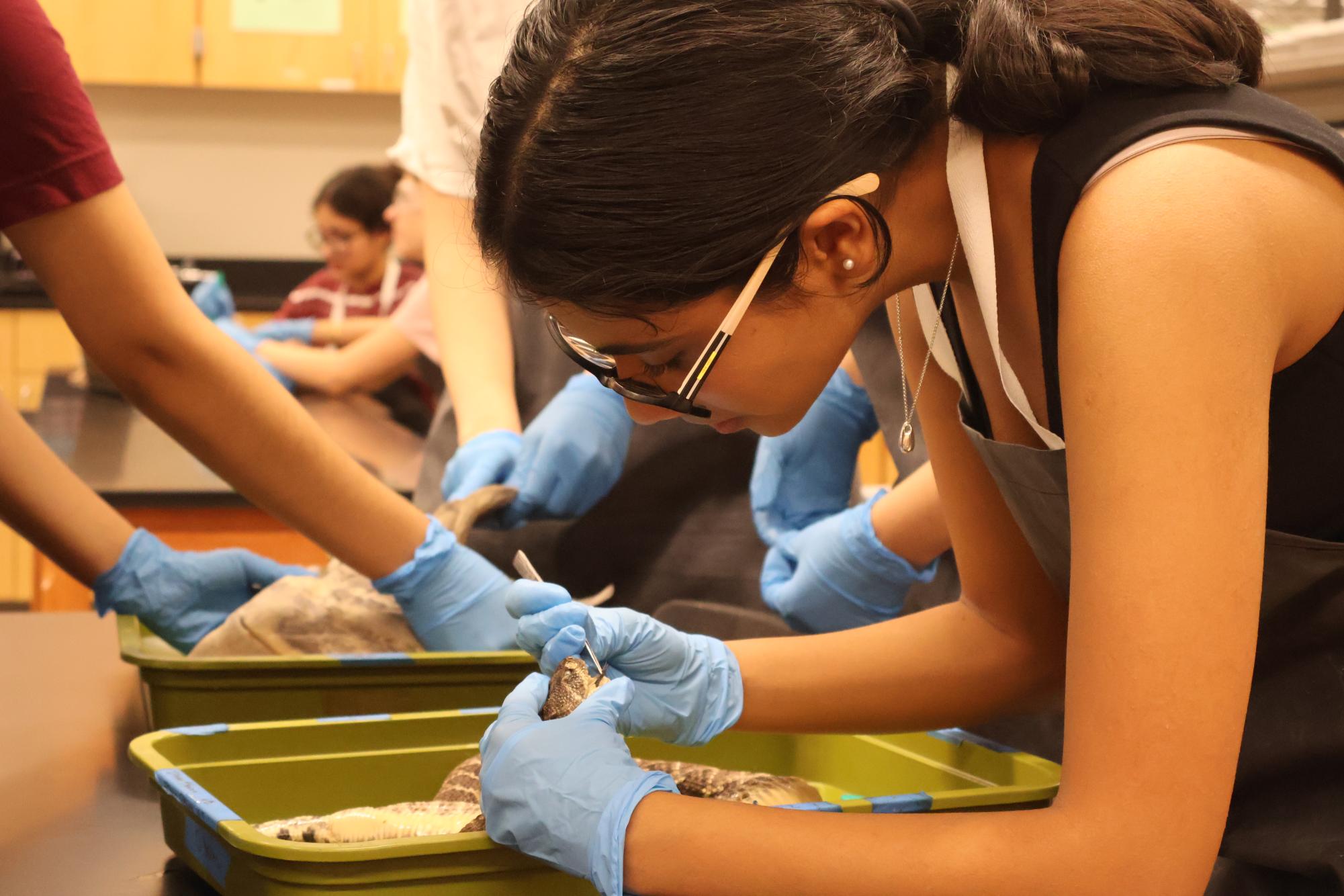
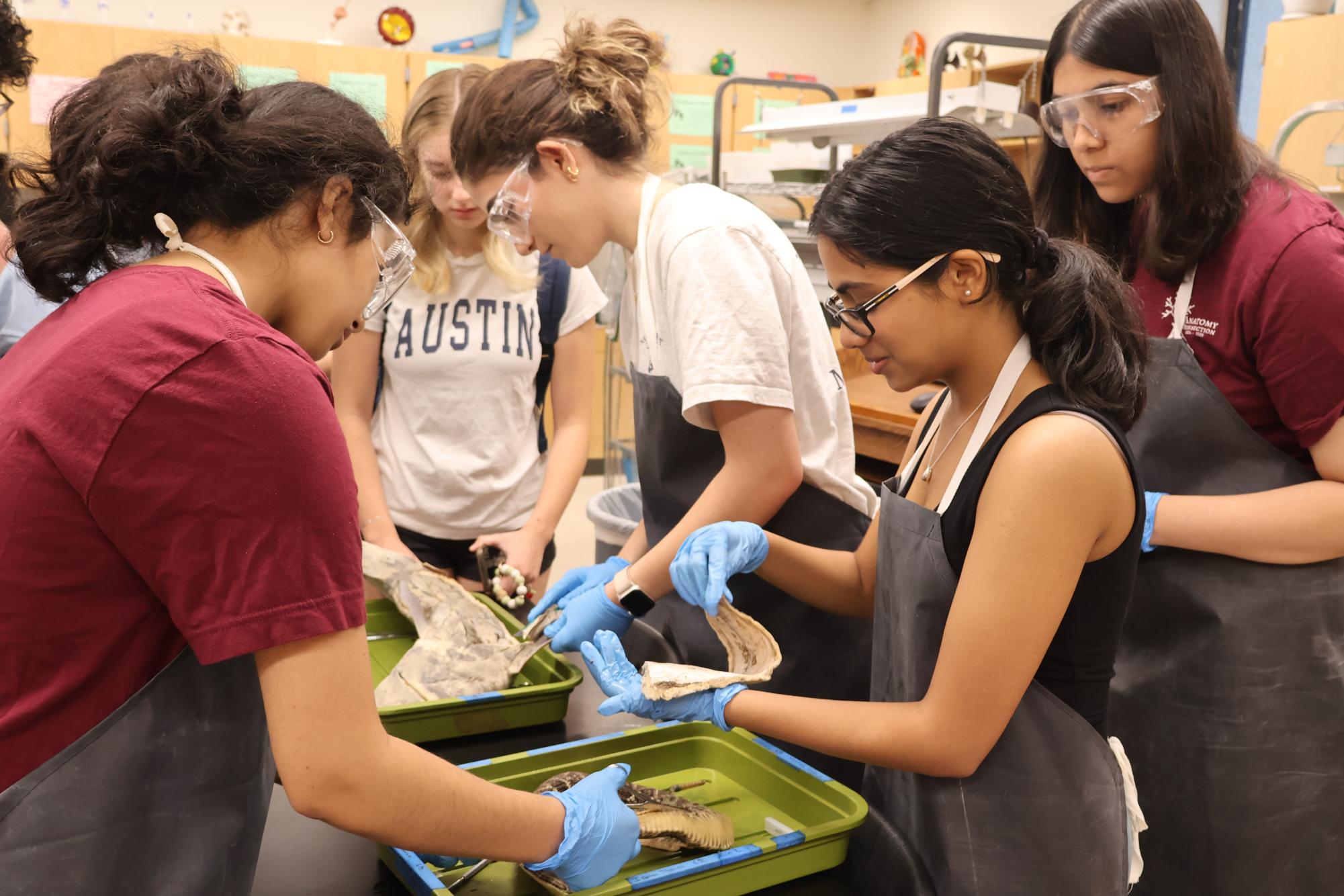
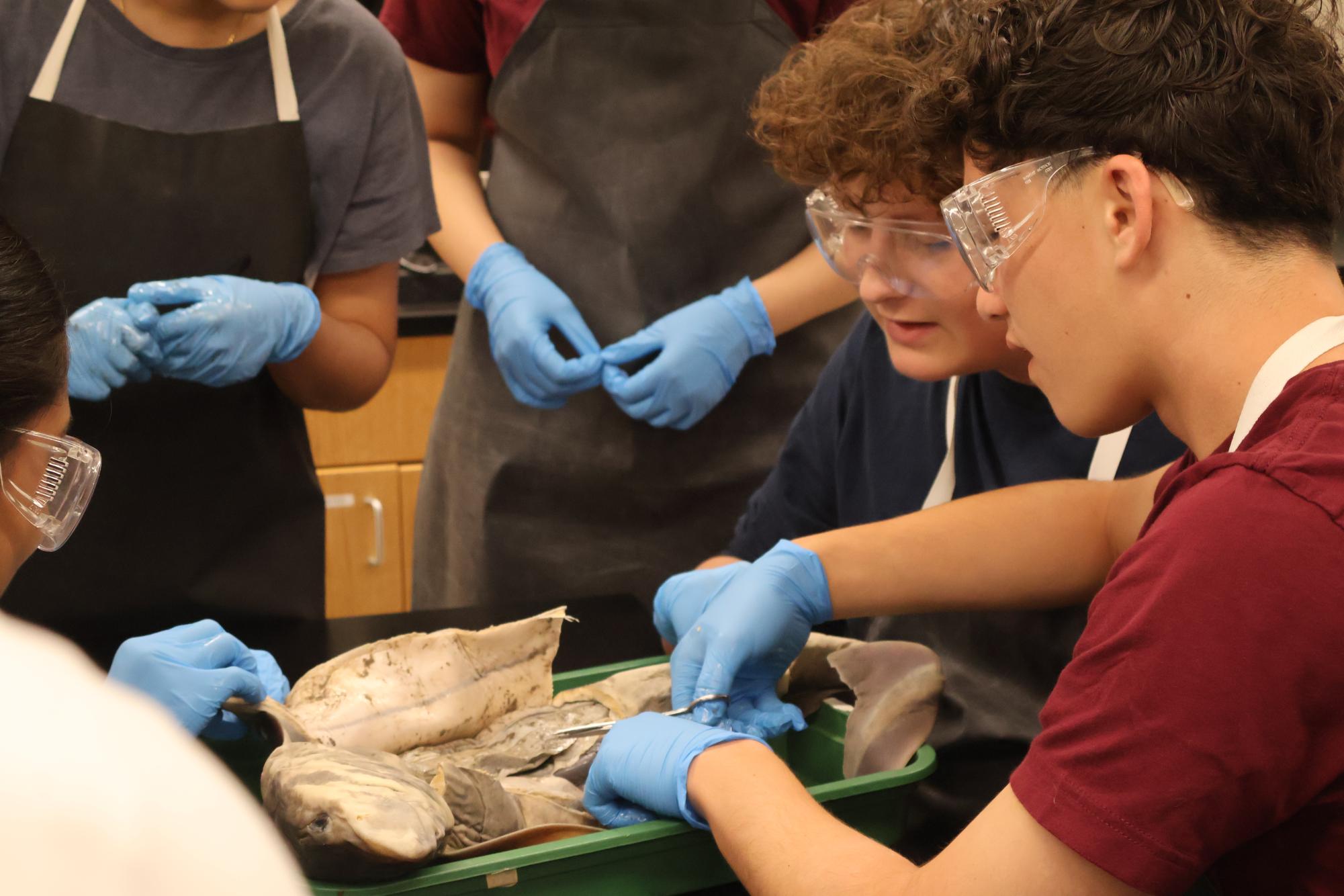
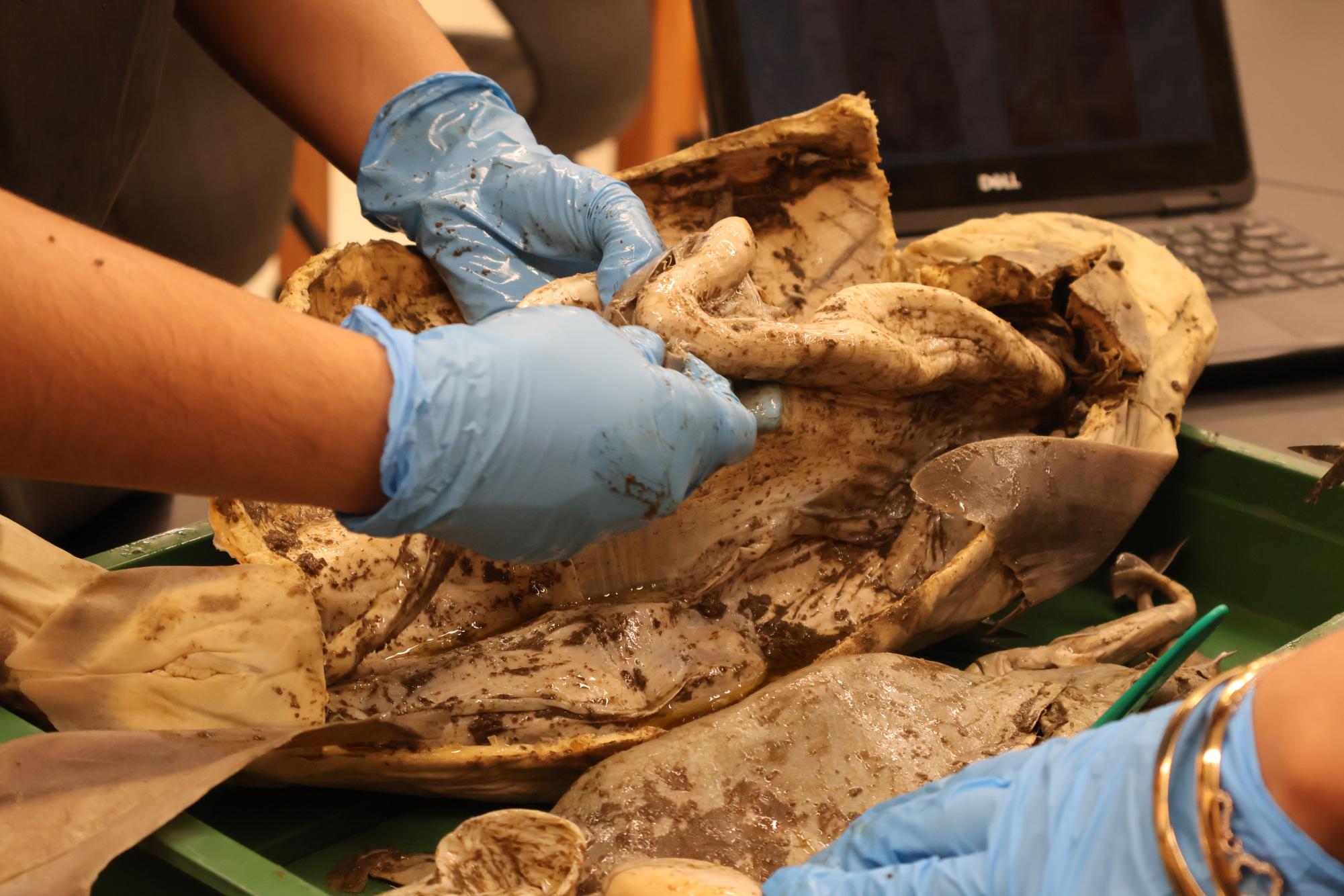
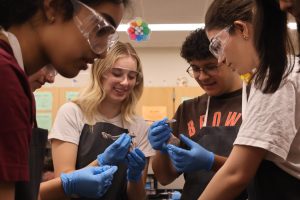
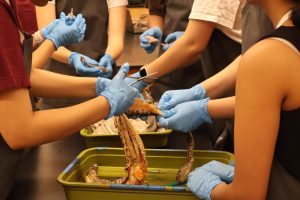
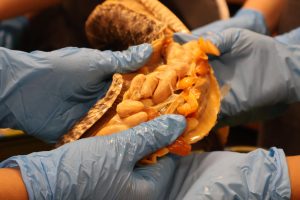

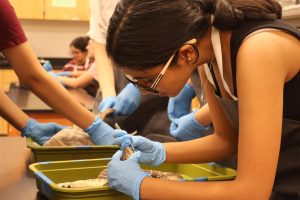
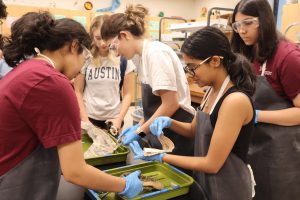
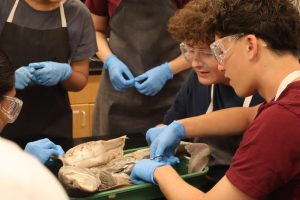
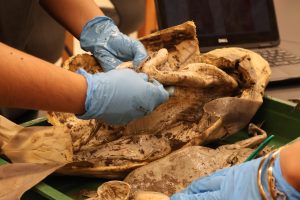
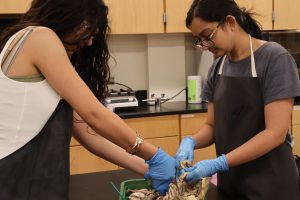

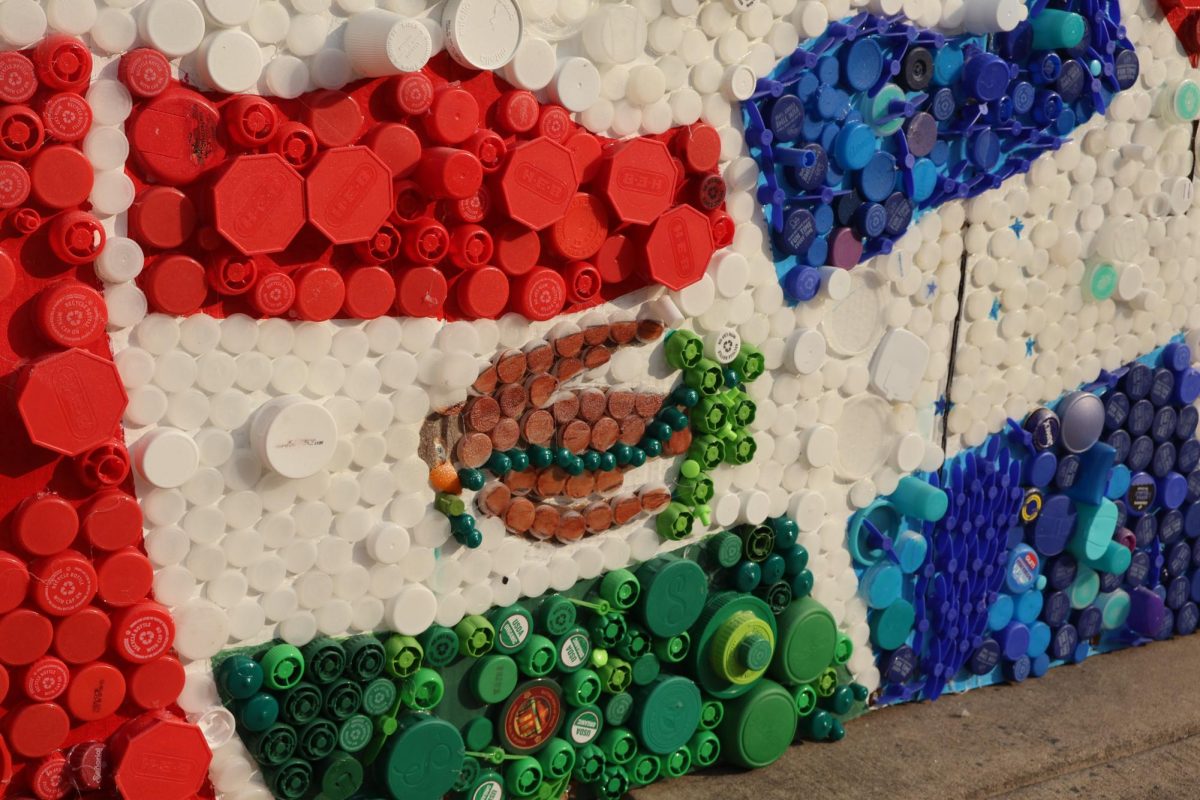

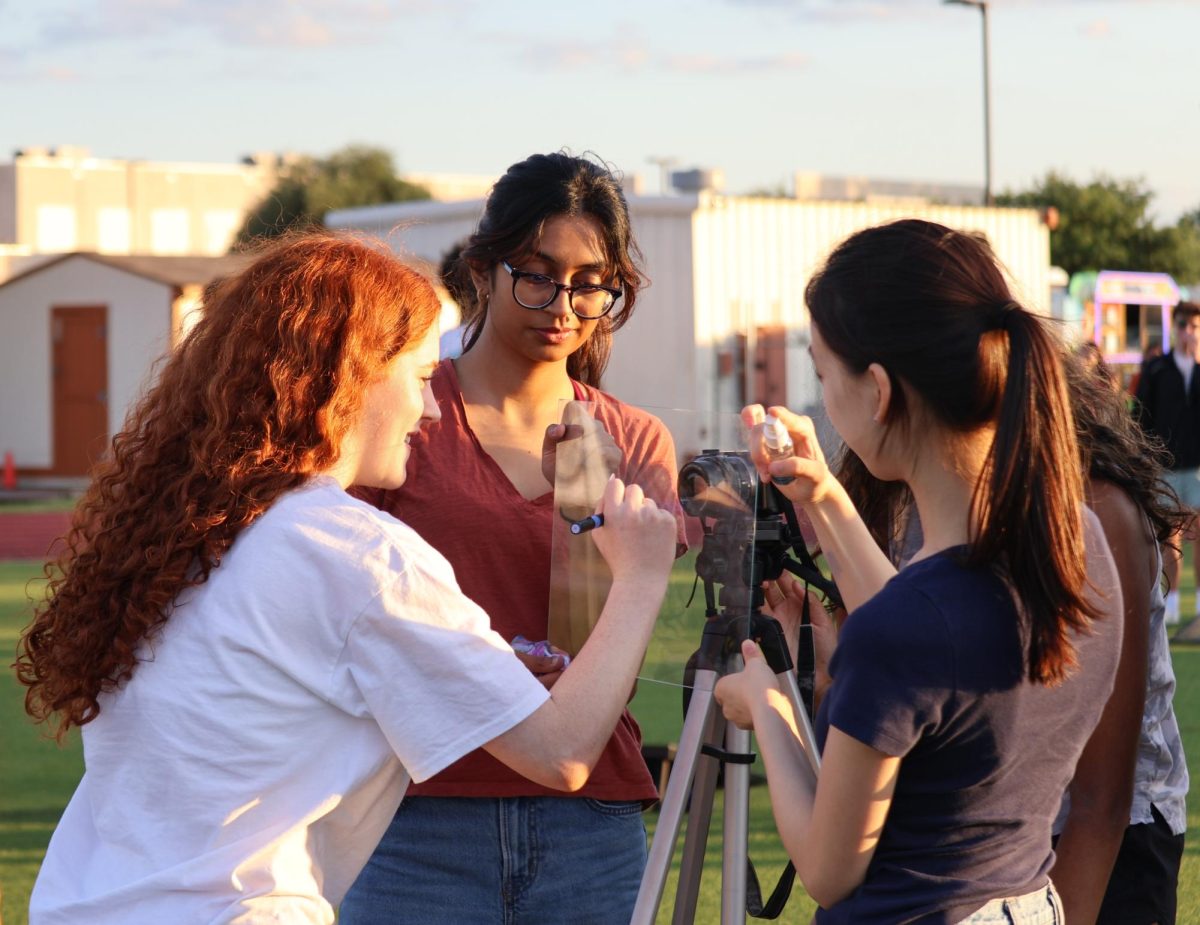
![Holding her plate, Luciana Lleverino '26 steadies her food as Sahana Sakthivelmoorthy '26 helps pour cheetos into Lleverino's plate. Lleverino was elected incoming Webmaster and Sakthivelmoorthy rose to the President position. "[Bailey and Sahiti] do so much work that we don’t even know behind the scenes," Sakthivelmoorthy said. "There’s just so much work that goes into being president that I didn’t know about, so I got to learn those hacks and tricks."](https://westwoodhorizon.com/wp-content/uploads/2025/05/IMG_0063-1200x1049.jpg)



